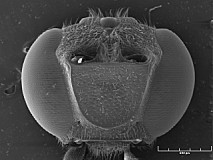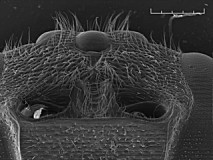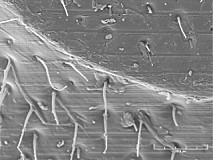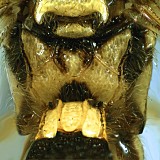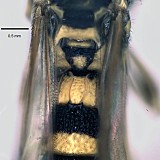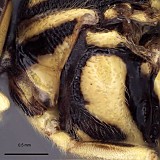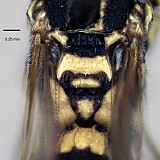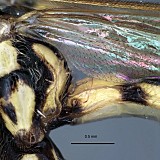Metopius notatus Townes and Townes, 1959
There are no specimens currently determined for this OTU, or those specimens determined for this OTU are not yet mappable.
This material is based upon work at Texas A&M University supported by the National Science Foundation under PEET Grant Number DEB 0328922.
Any opinions, findings, and conclusions or recommendations expressed in this material are those of the author(s) and do not necessarily reflect the views of the National Science Foundation.

